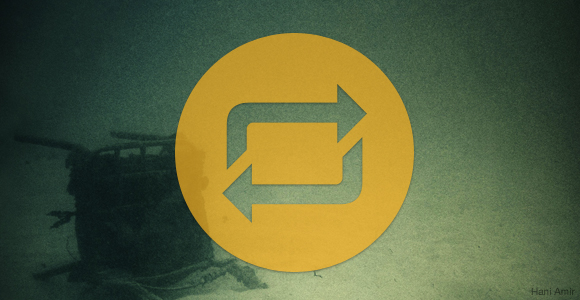It’s almost like design has become stagnate to me. I look around and see all these talented designers, artists and I look at myself and feel that I am not growing. That everyone is swirling around with me with talent and knowledge yet I feel I know nothing. I start thinking to myself: when was the last time I really made something I loved? Not simply enjoying the design process, but also enjoyed the end result. I am my worst critic and I feel like I need to improve both in self esteem and have that urge to improve. For me it’s almost like seeing incredible talent stumps me. Instead of it making me feel more motivated, it makes me shrug back and think “I could never make that”. It’s a bad way of looking at things and I am working so hard to improve such a negative outlook. I fight with my inner self all the time. My mind is constantly at war with my heart. I know that I am a talented creative in my heart, but my mind chimes in and starts to discourage me. It’s almost as if my heart is the dreamer and my mind only thinks logically and cannot be creative. I am still young in my career and have so much room to grow. Yet I have seen myself grow so quickly since I’ve moved to SF. So I do know that I can make things happen. But sometimes I truly do struggle with myself. So what do I do about it?
- I fight it. After moping around for a day or two, I get out of my slump and ask people I admire on how they create things. I am only going to get better with practice and by learning from the best.
- I suck it up. Getting over myself and looking forward is so hard to do!
- I think about my dreams. Focusing on the future and my ambitions gets me out of the pity party rut and keeps me moving forward.
- I surround myself with people who encourage me. I hang out with people who encourage me. I avoid those people who try to bring me down on every little thing that I do. I spend my time with people who have the same dreams and ambitions as me and lead a healthy and beautiful life. Being surrounded by people like this makes me want to live a life like that and lead by example.
- I start my own projects. I have one project in the works right now that I have been enjoying working on. It’s been slow moving but I hope to release it this summer. Fingers crossed! Hint: Fashion & iOS
I’m far from perfect. I make mistakes everyday. But life is about battling inner demons and learning to grow and get better at the challenges that I face. I love life and I love people. Conquering this inner enemy will pull me closer to the dreams and missions that I have in my life.
What do you struggle with when designing? Do you find yourself battling the inner negative voice that says what you can’t do? If so, how do you rise above it?






 About the writer:
About the writer: